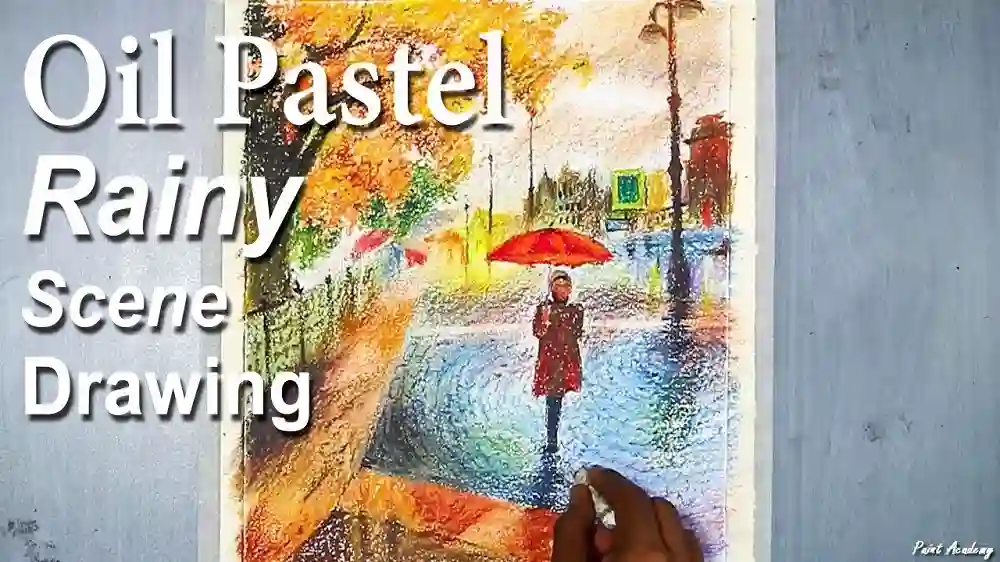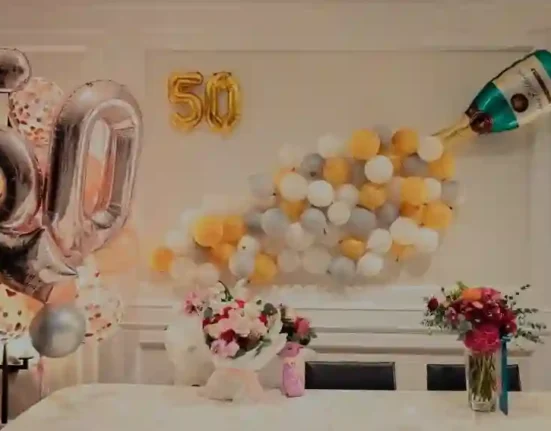Oil painting is celebrated for its rich textures and vibrant colors, and one of the essential techniques that oil artists master is blending. Blending allows for the creation of smooth transitions between colors, tones, and shapes, resulting in a harmonious and realistic appearance in the artwork. In this article, we will explore the art of blending in oil painting, offering insights and techniques to help artists achieve seamless transitions that enhance the visual impact of their work.
Why Blending Matters
Blending is a fundamental technique in oil painting for several reasons:
- Creating Depth: Blending allows artists to create the illusion of depth and three-dimensionality by smoothly transitioning between highlights and shadows.
- Achieving Realism: Blending is crucial for realistic representation, whether it’s in portrait painting, landscape painting, or any other genre where accurate shading and transitions are essential.
- Emphasizing Form: Effective blending defines the form and structure of objects, making them appear more solid and rounded.
- Harmonizing Colors: Blending can harmonize colors by seamlessly transitioning between different hues, creating a visually pleasing and cohesive palette.
Materials and Tools for Blending
Before delving into blending techniques, it’s essential to gather the right materials and tools:
- Quality Oil Paints: High-quality oil paints provide better color blending and vibrancy.
- Brushes: Soft, natural-hair brushes, like sable or hog bristle, are ideal for blending. Flat, filbert, and round brushes are commonly used for this purpose.
- Mediums: Use a compatible medium like linseed oil or a solvent to adjust the consistency and drying time of your paint.
- Support: Choose a suitable canvas or panel that can handle the blending process without excessive absorption.
Basic Blending Techniques
- Wet-on-Wet: This technique involves applying wet paint onto an area of the canvas that is already wet with paint or medium. It allows for seamless color mixing and smooth transitions.
- Layering: Build up layers of paint gradually, starting with thin, translucent layers and progressing to thicker, more opaque ones. This technique is particularly useful for achieving smooth transitions in portrait painting.
- Glazing: Apply thin, transparent layers of paint on top of dry layers to alter colors subtly and create smooth transitions. Glazing is especially effective for creating luminous effects.
Tips for Achieving Seamless Transitions
Now, let’s delve into some practical tips for achieving seamless transitions in oil painting:
- Control Your Brushwork: Develop precise brush control by practicing controlled strokes. Gradually release pressure as you move your brush to create a fading effect.
- Use Soft Brushes: Soft brushes with fine bristles are excellent for blending. Avoid stiff brushes, as they can leave visible brushmarks.
- Work Gradually: Start with light, translucent colors, and build up the layers gradually. This approach allows for more control over the blending process.
- Blend Edges: When transitioning between two colors, work on the edge where they meet. Use a soft, blending brush or your fingertip to gently blur the edge and create a seamless transition.
- Avoid Overblending: While blending is crucial, be cautious not to overblend, as this can lead to a lack of definition and a loss of texture in your artwork.
- Maintain Clean Brushes: Keep your blending brushes clean to prevent unintentional color mixing. Wipe them with a cloth or rinse them in a solvent when changing colors.
- Experiment with Mediums: Explore different mediums to control the drying time and transparency of your paint. Some mediums can extend the blending window, making it easier to achieve smooth transitions.
Advanced Blending Techniques
For artists seeking to take their blending skills to the next level, consider these advanced techniques:
- Scumbling: Apply a thin layer of opaque paint over a dry layer using a dry brush. This creates a hazy, soft effect ideal for atmospheric transitions.
- Sfumato: This technique, famously employed by Leonardo da Vinci, involves subtle, almost imperceptible blending. It is particularly effective for achieving a smooth transition between light and shadow in portrait painting.
- Glaze Layering: Apply multiple layers of glazes with varying colors to create complex, harmonious transitions and subtle color shifts.
Conclusion
The art of blending in oil painting is a skill that can elevate your work to new levels of realism, depth, and visual appeal. Whether you’re painting portraits, landscapes, still lifes, or abstracts, mastering blending techniques is essential for achieving seamless transitions in your artwork. By selecting the right materials, practicing basic and advanced blending techniques, and honing your brush control, you can unlock the full potential of oil paints and create stunning, harmonious compositions that captivate viewers and convey your artistic vision with finesse. So, embrace the art of blending, experiment with various techniques, and watch as your oil paintings come to life with seamless, breathtaking transitions.









